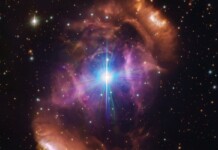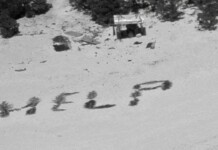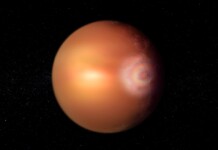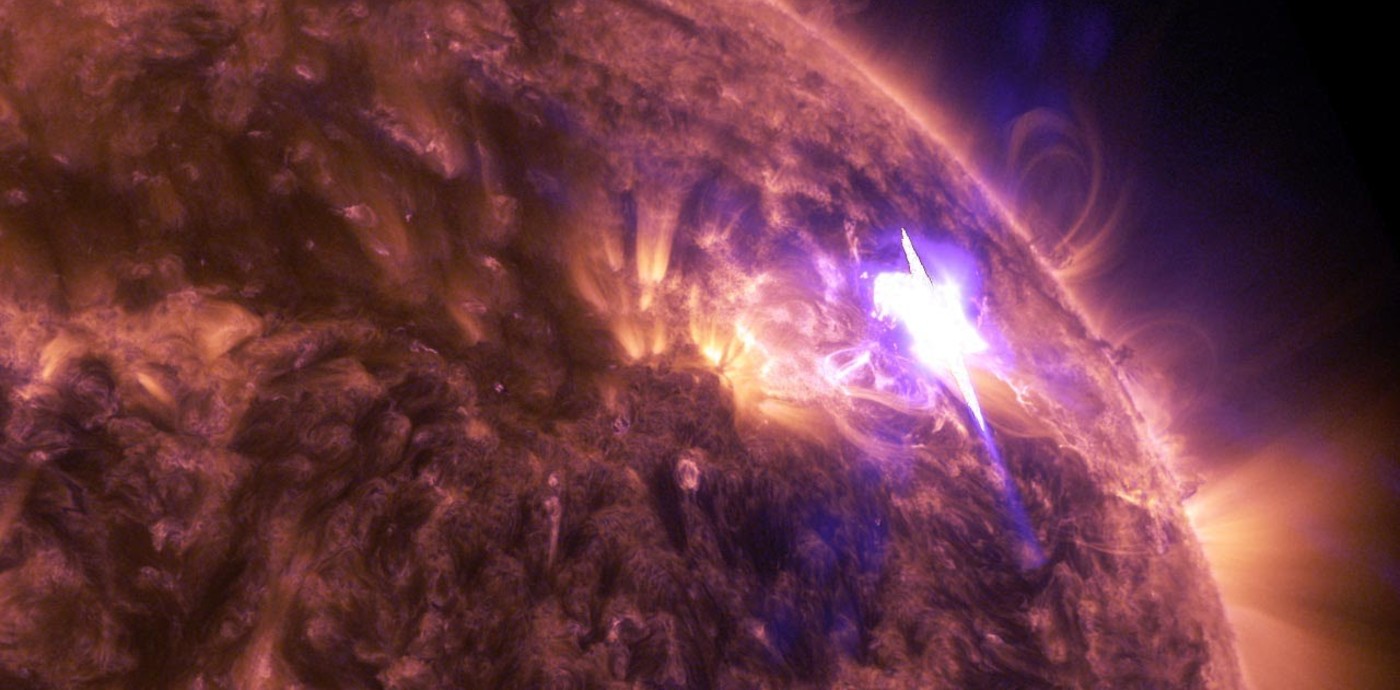Taking a moment away from your work to stretch out your mind can be a great way to manage stress, and these NASA videos of our Sun, Moon, and Earth are perfect ways to do so.
Buried in our screens, buried under a curtain of artificial light, humans can lose connection with an intangible part of our heritage—looking at a sky filled with planets and stars.
Imagining that a nighttime picture from a cosmic observatory is the kind of thing every one of our ancient ancestors saw every time they looked at the night sky is a wild thought.
Yet now we have methods of seeing space that our ancestors didn’t, and it’s thanks to things like Hubble or NASA’s Solar Dynamics Observatory, but also the world’s astronauts and astro-engineers who have been bringing 4K ultra-HD video cameras up to the International Space Station with them.
In NASA’s video gallery, one can take a vacation from Earth for a few minutes, as well as a broader perspective about one’s place in the world, and the place of one’s planet in the galaxy—all through the advent of positively stunning ultra-HD video quality.
You’ll learn a lot, since the video captions are well-written and, without using too much jargon, don’t spare any details.
Views of the Sun
As a species, sungazing is not recommended. The ultraviolet light emitted from the Sun can quickly damage our eyesight, but the cameras aboard NASA’s suite of solar observatories have no problem spending all year staring right at it.
The videos in the NASA video gallery show our star in 10 different light spectrums, allowing us to see colors of the Sun which our eyes cannot perceive.
They include videos of Mercury—as small as a marble, passing in front of the Sun, of solar flares and coronal mass ejections, and even a one-hour video featuring a solid decade of solar activity measured at one day per second, all in 4K-UHD.
Views of Earth
For those who like to get a satellite’s-eye view of our home planet, the video gallery is filled with pass-overs of continents, as well as different atmospheric effects.
MORE: Space Station Captures Footage of Blue Lightning Bursting Toward Space
Jack Fischer, Jeff Williams, and other astronauts aboard the ISS sometimes record videos for us unfortunates stuck down below, and they include dizzying and varied views of the blue marble, including a slow fly-over of Europe, including helpful designations of cities, and the glint of the moon off the surface of the ocean.
RELATED: NASA Uses Supercomputers and AI to Count Earth’s Trees From Space for the First Time
Other observations include several space walks, and a five-minute montage of the Aurora Borealis and Aurora Australis taken at different points in orbit that are mind-bogglingly gorgeous.
Views of the Moon
As our nearest cosmic neighbor, enormous bodies of imaging data exist of the Moon, including a spectacular 4K recording of its permanently-shadowed far side, where the viewer can see exactly what the Apollo 13 astronauts saw all those years ago.
Another slow, sweeping, 4K journey across the pockmarked surface is set to Claude Debussy’s Clair de Lune, performed by the National Symphony Orchestra on NASA’s 60th anniversary, which all together is enough to bring a tear to your eye.
CHECK OUT: Tiny Spacecraft is ‘Solar Sailing’ in Orbit Using Only Sunlight, a Revolution in Space Exploration
The footage is courtesy of the Lunar Reconnaissance Orbiter that’s currently circling the Earth.
SHARE These Far-Out Videos With Pals on Social Media…




















